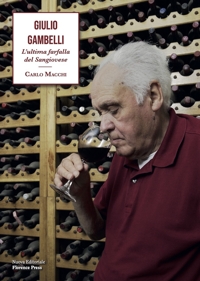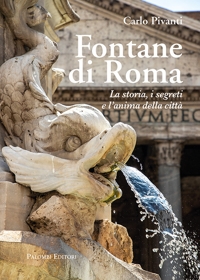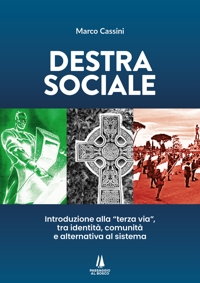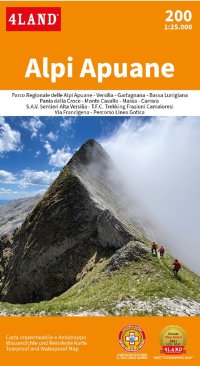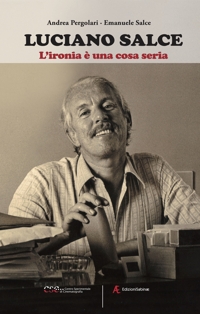Felice Palma. Massa 1583-1625. Collezione / Collection.
Texts by Andrei Cristina, Ciarlo Nicola, Federici Fabrizio, Claudio Casini and Sara Ragni.
Italian and English Text.
Pontedera, 2024; bound in a case, pp. 289, b/w and col. ill., b/w and col. plates, cm 24,5x34.
(L'Oro Bianco. Straordinari Dimenticati. The White Gold Forgotten Masters).
cover price: € 160.00
|
Books included in the offer:
Felice Palma. Massa 1583-1625. Collezione / Collection.
Texts by Andrei Cristina, Ciarlo Nicola, Federici Fabrizio, Claudio Casini and Sara Ragni.
Italian and English Text.
Pontedera, 2024; bound in a case, pp. 289, b/w and col. ill., b/w and col. plates, cm 24,5x34.
(L'Oro Bianco. Straordinari Dimenticati. The White Gold Forgotten Masters).
FREE (cover price: € 160.00)
Le botteghe del marmo
Italian and English Text.
Ospedaletto, 1992; bound, pp. 153, 10 b/w ill., 60 col. ill., cm 24x29.
(Immagine).
FREE (cover price: € 34.49)
Museo Stefano Bardini. I Bronzetti e gli Oggetti d'Uso in Bronzo
Edited by Nesi A.
Firenze, 2009; paperback, pp. 191, 102 b/w ill., 7 col. ill., cm 17x24,5.
(Museo Stefano Bardini).
FREE (cover price: € 30.00)
Bronzetti e Rilievi dal XV al XVIII Secolo
Bologna, 2015; 2 vols., bound in a case, pp. 729, ill., col. plates, cm 21,5x30,5.
FREE (cover price: € 90.00)
Islamic Elements in the Architecture of Puglia
Christiane L. Joost-Gaugier
Brepols Publishers
English Text.
Turnhout, 2019; paperback, pp. 220, 234 col. ill., cm 22x28.
(Architectural Crossroads. 7).
series: Architectural Crossroads
ISBN: 2-503-58031-9 - EAN13: 9782503580319
Subject: Civil Architecture/Art,Religious Architecture/Art
Period: 1400-1800 (XV-XVIII) Renaissance,1800-1960 (XIX-XX) Modern Period
Languages: 
Weight: 0.54 kg
Lucera exemplifies all the periods of architecture noted above, and is, in addition, unique because it was a protected Muslim island in a sea of Christianity during the High Middle Ages - at the very time Christians were conducting crusades against the infidel. Thus the individuality of the place stands alone, among the many ancient cities of Puglia, because it was once a Muslim world. This book shows how Lucera had always been an important center in ancient times and how it came to be an Islamic city. It spotlights the accomplishments of the Muslims, and the influence they left - despite the brutal extermination they endured in the early 14th century - on the architecture of Lucera and other cities in north and central Puglia, including such important centers as Troia, Trani, Bitonto, Canosa, Altamura, Gravina, Giovinazzo, Terlizzi, Pietramontecorvino, Bisceglie, Ruvo, Castel del Monte, Molfetta, Bovino, San Severo, and Foggia. Thus the seventeen towns and cities whose architecture is studied and illustrated in this volume serve to highlight the Islamic legacy in Puglia, a part of Italy which is known - and revered by those who know - for its archaeological, classical, and Romanesque relics.
Marco Cassini € 14.25
€ 15.00 -5 %











